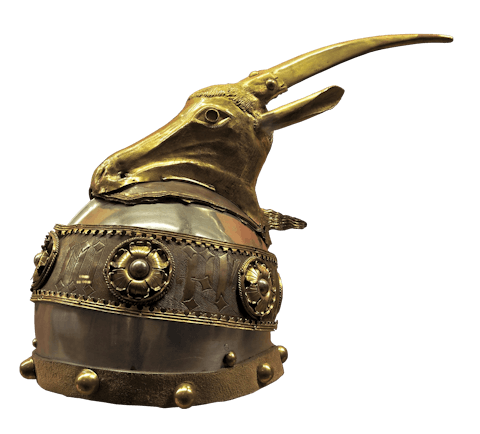How to Value Metals & Brassware
Whether a metal is highly valued for its malleability, conductibility, durability, or any combination of these qualities, they all have their own unique and special qualities that are attractive to craftsmen as well as collectors.
brass machinery
For thousands of years people have used metals such as brass, bronze, copper, pewter, iron, and tin as materials to create anything from household objects to industrial machinery pieces to great works of art and everything in between. Due to the longstanding history of the use of these metals, the range and variety of antique and vintage brassware and metals available on the market today is superabundant and collectors across the world are constantly on the look out to resurface treasure. Do you have metal or brassware piece that you wish to know more about? The following information will serve as a guide on your journey towards finding a value estimate for your item.
Identifying brassware
Certainly the first step to take in finding a value for your item is to ascertain whether or not it really is antique or vintage brass to begin with. One simple and straightforward process that can be performed in order to do so is the magnet test. If you hold a magnet up to the item and feel a pull, this signifies iron or steel as the underlying metal, meaning the piece is brass plated instead of solid. A solid brass piece will have no pull, as brass is not magnetic.
Surfaces and their meanings
The surface of brassware can appear in a variety of fashions depending on how it has been treated and stored over time. As brass is an alloy consisting of copper and zinc, the ratio between the two materials can have an affect on its appearance. Bronze with a higher ratio of zinc, which is preferable in cases where the item requires more durability such as with doorknobs or hardware, the color will appear more yellow when polished. A tone that appears more red signifies a higher ratio of copper, and is often seen in more decorative items like jewelry.

Tarnishing is not uncommon with vintage and antique brassware, as the material is naturally prone to oxidization as a reaction from skin oils and oxygen in the air. This can be cleaned off, however it is always safest to double check with a professional before making any changes to your item. Often time lacquer has also been used to prevent tarnishing but over the years it can result in uneven wear and areas of tarnish, and older pieces will show patches of dullness or small cracks.
Condition
Of course the condition of your metal and brassware plays a significant role in deciding its value. While some signs of age are expected when one is on the market for antique metals, it should be at a minimum. For example, an antique candlestick should show some scratches in the dip-trays as well as a patina to speak for its age, any further damage such as holes from overpolishing or badly executed repairs would be detrimental to its value.
"Early metalwork, especially brassware, is quite rare so usually if your item dates back further than the 19th century, the higher the probability is of it possessing great value."
Age and rarity
Ultimately, the rarity of an item in relation to its demand on the market will truly decide the value of an item. Early metalwork, especially brassware, is quite rare so usually if your item dates back further than the 19th century, the higher the probability is of it possessing great value. Due to the mass production and thus high availability of metalware in the 19th century, this era is typically seen as less collectible. However there is some exception to this generalization; toleware, or tin-plate wares, are known for their association with traditional American folk art and can be highly valuable on the market. Also highly sought after are pieces that typify 20th century artistic movements such as Art Nouveau, Art Deco, Bauhaus and more.
Appraisal
As it goes with any vintage or antique collectible, the most important measure to take in truly getting to know your item is to seek professional appraisal. While even the most motivated and thorough minded amateur is still highly prone to missing important details which could lead to immeasurable error, only an expert in the field can use their expertise and knowledge gained from years of experience in order to come to the most accurate conclusion as possible in regards to your item’s market value. And thankfully you need not look any further because such trained professionals are available for contact here at Value My Stuff, so that you can take the necessary steps towards finding the value of your metal and brassware today!

